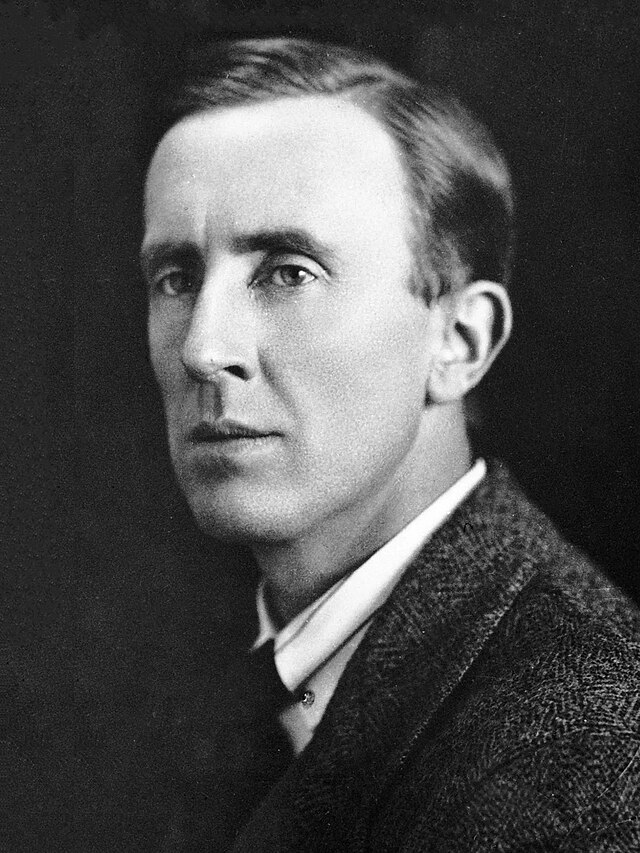It occurred to me this morning that (as far as I remember, in my increasing mental decrepitude), I’ve never yet inflicted on you my opinions on the subject of the Viking Funeral.
These opinions are strong.
The movie clip above, from the 1959 Kirk Douglas/Tony Curtis film, “The Vikings,” seems to have strongly influenced popular ideas about how the Vikings handled their dead. When I say, “Viking funeral,” that’s what people imagine. The corpse is placed on a pyre on the ship, the ship is launched out to sea, and the ship is set afire. The hero sails majestically off to Valhalla.
A few minutes’ critical thought will suggest to rational people that this is not a practical scheme.
First of all, you need a favorable wind. While you’re waiting for that (which could take a while) the corpse will be… ripening.
Secondly, the first thing to go up in flames would be the sail, which was generally made of wool impregnated with animal grease. That would go up like a match head. After which – oops! – the ship has no more wind power. Unless the wind is quite strong, the vessel will sit there burning down to the water line. What’s left will probably be left floating.
Or the wind may change and blow the whole thing back to shore and need to be dealt with all over again.
Finally, cremating a corpse is not as easy as most people think. You can’t just place a body on a pile of wood and expect it to be consumed. It takes very intense heat. Einar’s pyre in the movie doesn’t cut it.
In point of fact, we have no historical reports of such a funeral. There are legendary accounts – I know of two, one only similar. The first is in the myth of Baldur, where the god’s funeral ship is treated in just that way. The second is in the poem “Beowulf,” where the legendary Danish king Scyld Scefing is supposed to have been returned to the sea in a ship (he originally appears as a baby in a small boat, sort of like Moses). But that ship doesn’t burn. It just sails away into the other world. The idea is that Scyld came from the sea and is given back to it.
Both these accounts are legendary. The original listeners to the myth and the poem did not view them as how-to guides.
Archaeologists will tell you that there were two primary ways that high-status Vikings were sent off. The use of a ship or boat (or in some cases, an array of rocks placed in a ship shape) was common, and seems to suggest that the Norse believed that the afterlife involved some kind of voyage.
Depending on culture, historical period, and date, the bodies might be cremated before inhumation or not. Many believe that Christian influence was responsible for inhumation gaining popularity over time.
Grave goods were a necessity. The wealth of the family determined how much stuff would be buried with the dead – and there’s some evidence for a custom of ritually digging into graves and removing certain objects after a time.
Human sacrifice seems to have been common in elite funerals, and is attested by some excavated graves. There is no evidence whatever for the portrayal in the History Channel’s Vikings series showing sacrificial victims as free people who willingly volunteered for the job. The best account is the famous one from the Arab diplomat Ibn Fadlan (part of the basis for the movie, “The Thirteenth Warrior”), who described what seems to have been Vikings in Russia (though some historians dispute this identification). He describes the custom (in that particular setting) of a volunteer being called for (no doubt under considerable pressure) from among the slave girls, then being kept drunk (and likely drugged) through the days of the funeral feast, while being serially raped until she was finally stabbed and strangled. Horrific.
Call me narrow-minded, but I prefer the Christian way.








